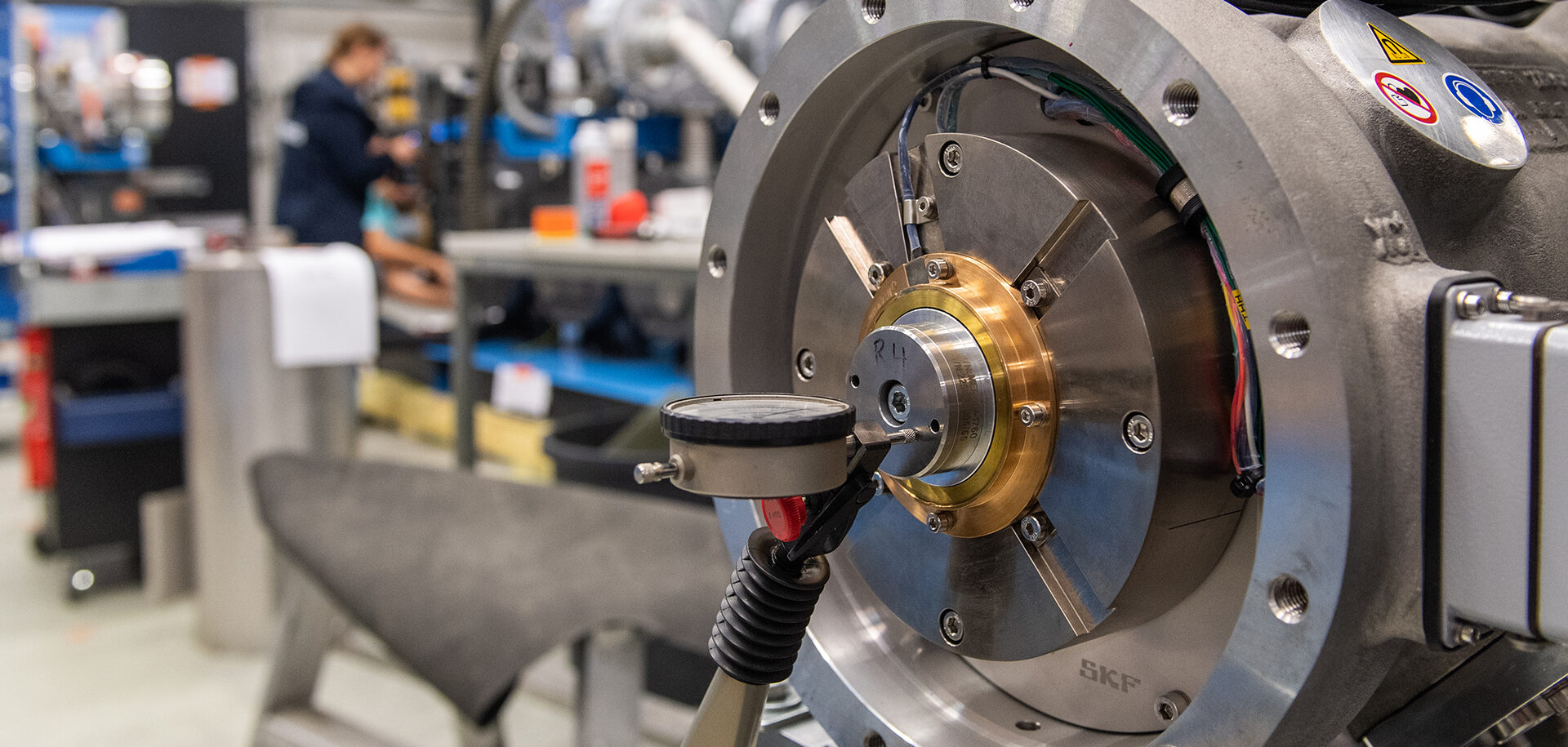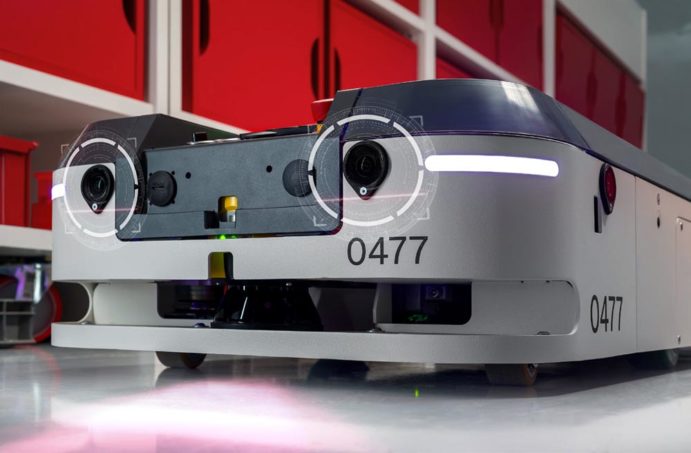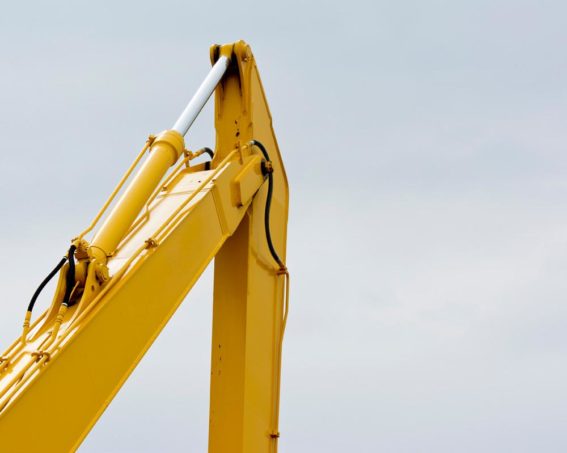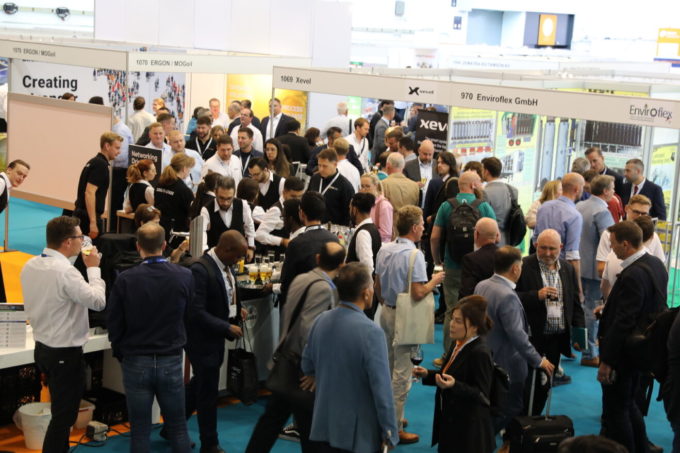The Race for Efficiency
The Race for Efficiency
Today’s high-efficiency motor market is racing ahead of legislation — and the rest of us need to catch up.
Over the past few decades, energy efficiency in motors has become an ever- increasing concern for OEMs and manufacturers alike. With multiple energy bills mandating higher efficiency across ever-broader spectrums of motors, including the most recent Small Motor Rule by the Department of Energy, efficiency has become an essential consideration when choosing a new motor.
But industry is outpacing legislation. While recent mandates have expanded the range of motors that must meet IE3 efficiency standards (or, as we call them in America, premium motors), they haven’t upped the efficiency rating itself. Motor manufacturers, meanwhile, have continued to push the standard, creating IE4 and even IE5 models, the latter of which haven’t even been officially defined, much less regulated. Even without a legislative push, the race to produce increasingly impressive “super-premium” motors has only gotten more intense.
“It’s more competition,” Dan Jones, president of Incremotion Associates, said. “[It’s] ‘I’ve got a better motor than yours.’”
At first glance, the decision to push beyond the mandated IE3s could be considered a dubious one. End users aren’t currently required to replace old and inefficient motors — they just have to upgrade if they get a new one, and companies aren’t under any mandatory compulsion to go super-premium like they are to pick up an IE3. Businesses looking to squeak by with the bare minimum will likely choose IE3 motors, which could last 15 years on average. That leaves a fairly small market for more advanced motors.
Compounding the issue is that, as efficiency goes up, so do the costs of development. Pushing a motor from the IE3 to the IE4 category requires a significant spike in cost compared to going from IE2 to 3. Normally, in order to improve the efficiency of a motor, manufacturers just add a little copper and iron, but that method doesn’t quite cut it to reach IE4. The two ways manufacturers have found of pushing a motor’s efficiency to IE4 levels is to either use a rotor entirely made of copper or to utilize permanent magnets. Either option is vastly more expensive than the typical aluminum cast motor. And as the cost of production exponentially rises, the margin of improvement between each tier of motors goes down.
Faced with these difficulties, end users and manufacturers alike aren’t all onboard with the push for greater efficiency. Super-premium efficiency motors are still considered a niche market (though they are a rapidly growing one), some businesses are opting to get around regulations by rewinding old IE2 motors instead of buying more efficient IE3s, much less forking over the extra cash to get an IE4, and according to Jones, many of America’s own manufacturers aren’t interested in producing IE4s.
“We have led in efficiency in induction motors since the beginning,” Jones said. “We’re going to give up the lead to the Europeans in the next three years. Because they want to go higher.”
Jones believes that European manufacturers are spearheading the superpremium charge due to a difference of mindset in their customer base compared to America’s.
“In America, the first three most important things we have are cost, cost, and cost,” Jones said. “Because they expect you’ll make performance. So the emphasis always switches to cost. Europeans are willing to pay up more [for quality].”
But according to Jones, many end users and manufacturers alike aren’t necessarily looking at the full picture. Many companies are looking at the rising costs of super-premium efficiency motors for decreasing returns and drawing a line at regular premium, but look a little past the surface, and the push for super-premium motors starts to make sense.
“[In Europe] they looked at the lost watts in the motor, and they said ‘We’re going to go down at least 15%, so for the larger motors, we’ll make the motor maybe only half a percent more efficient,’” Jones said. “That doesn’t sound like a lot, but you look over a year at all the times it’s running, and you end up with thousands of dollars saved. You get fooled by looking at the law of diminishing returns. As we make the efficiency higher and higher, the percentage improvement goes down, but you have to look at it on the basis of how many kilowatts are lost.”
In actuality, it’s not only worth it for many end users to consider purchasing an IE4 motor over an IE3 or repairing an older model, it may even be recommended. According to a guidebook put out by the CEE in 2013, the upfront cost to buy and install a motor only accounts for 3-5 percent of the motor’s lifetime expenses. The CEE has found that over the course of a decade, electricity bills make up 95 percent of a motor’s operational costs. After picking up a motor, businesses are still paying 19 times their initial investment in electrical bills over the following decade. Just like IE3 motors, IE4s pay themselves off in only a few years’ time, and while the margin of energy savings may not be as great as going from a standard efficiency (IE2) motor to an IE3, the fact remains that going to an IE4 still provides savings over a lifetime of service.
The market has experienced double digit growth rates since 2009. But while IE4 and better motors are gaining significant traction, they still only make up a fraction of global motor sales. They aren’t catching on quite as much they could or, perhaps, should. According to Jones, the reason may be as simple as a lack of communication.
“The guy that pays the electric bill is not the guy that buys the motor,” Jones said. “In any company.”
And if those two aren’t communicating, the potential energy savings may go unnoticed. If the savings go unnoticed, then the “guy buying the motor” can only look at the cost of an IE4 vs. an IE3 or repairs.
The super-premium market’s growing figures, however, would suggest that awareness is building, and the future of the industry looks bright. Superpremium is catching on, and all that’s left is for the rest of us to catch up.
But in the meantime, manufacturers will continue to race ahead and produce the future of motors.





